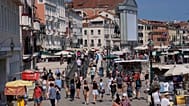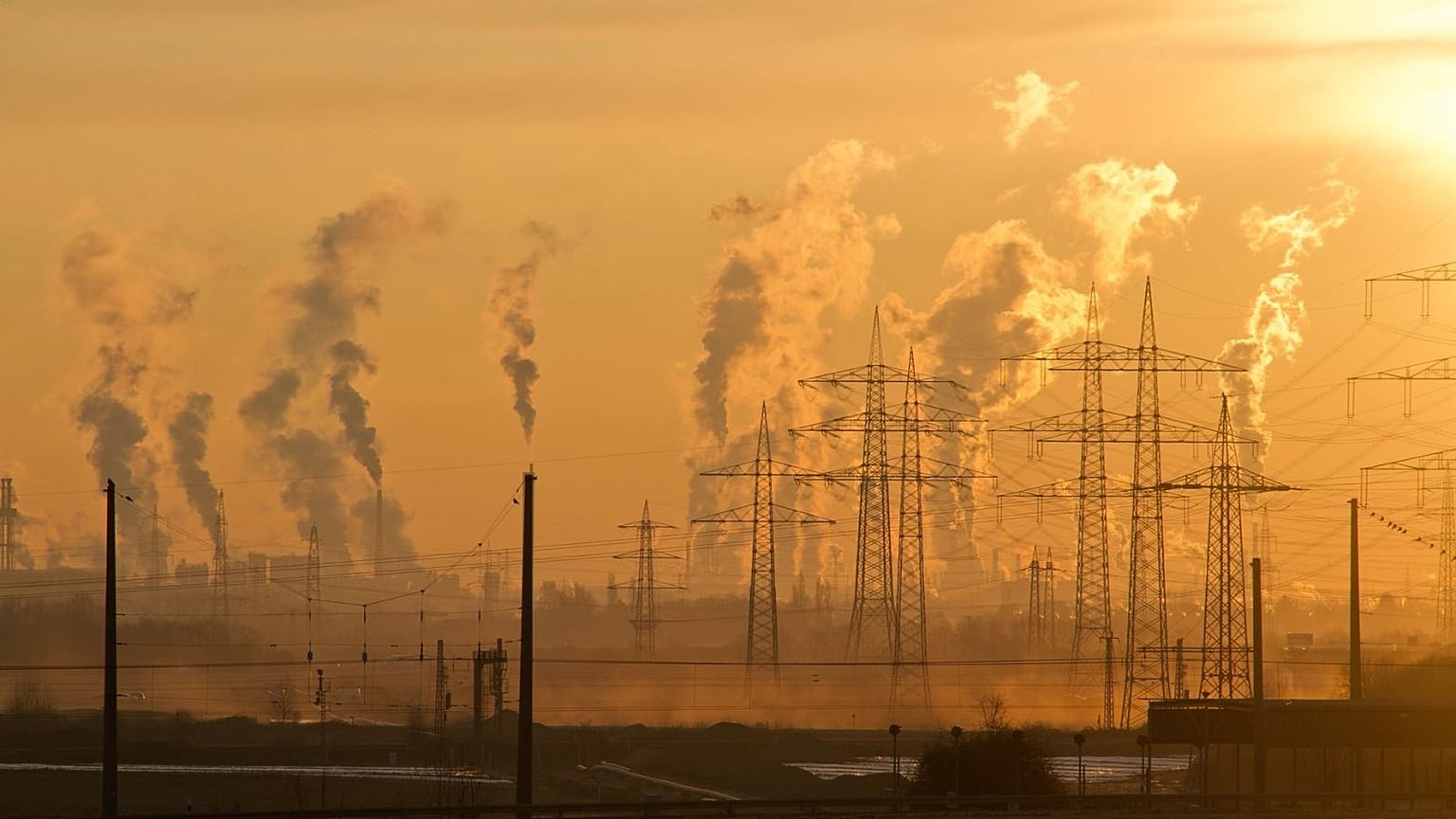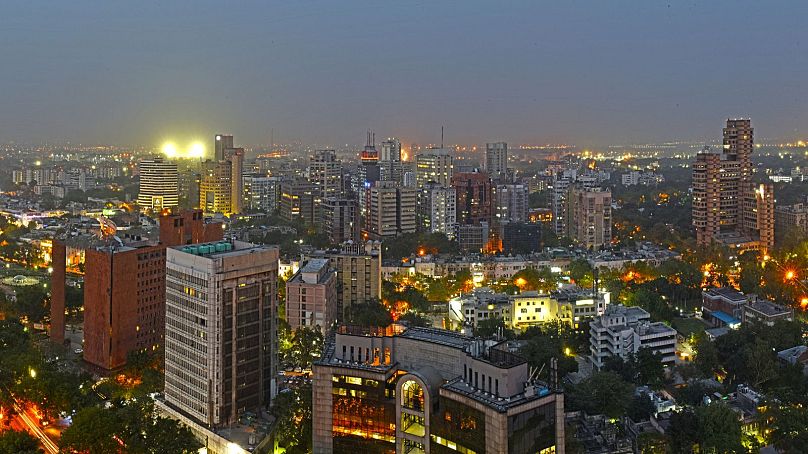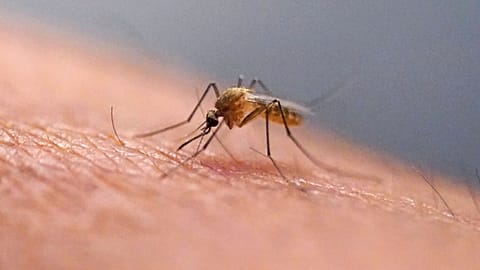99.999 per cent of the world’s population are breathing unsafe air.
Practically nowhere on earth is safe from toxic air pollution, a new study has revealed.
According to Australian research, just 0.18 per cent of global land area is free from dangerous Particulate Matter (PM2.5.)
As many of these areas are uninhabited, just a sliver - 0.001 per cent - of the global population are exposed to safe levels of this dangerous particle.
“Short-term exposure to ambient PM2.5 is a leading contributor to the global burden of diseases and mortality,” the report authors warn.
Ambient air pollution caused 6.67 million premature deaths in 2019.
So what is PM2.5 - and what is the risk to your health?
What is PM2.5?
Sometimes, air pollution is very visible - like when a heavy smog reduces visibility in cities like New Delhi.
But such smog is made up of trillions of tiny, near-invisible particles. These particles are very hard to escape, even if the air looks clear.
PM2.5 - also known as fine particulate matter - are tiny particles measuring less than 2.5 microns in diameter.
Such particles are truly microscopic. For reference, a human hair is between 50 and 70 microns in diameter.
The particles come from many different sources, and can contain hundreds of different chemicals. They are commonly made up of sulphates, nitrates, mineral dust, ammonia, and sodium chloride.
Some come from construction sites or fires. Others are emitted from power plants, heavy industry, and car exhaust pipes.
Where are these particles found?
According to the new Monash University study - published in The Lancet Planetary Health - these particles are everywhere.
Scientists used a machine learning algorithm combined with data from thousands of government air quality monitoring stations.
According to the WHO, a safe threshold of PM2.5 exposure is 5 micrograms per cubic metre (μg/m3).
But average annual exposure only fell below this threshold for 0.001 per cent of the global population.
On average, “more than 70 per cent of days have daily PM2·5 concentrations higher than 15 μg/m3,” the research warns.
Which countries have the worst air pollution?
The researchers ranked air quality by country for the years 2000, 2010, and 2019.
For each of these years, China had the highest PM 2.5 concentration when weighted by the total population affected by this pollution.
In 2019, in China, North Korea, Bangladesh, Niger, South Korea, Mauritania, Armenia, India, Pakistan, and Egypt more than 90 per cent of days of the year exceeded 15 μg/m3.
What does air pollution do to human health?
Air pollution is terrible for you. The microscopic particles penetrate your throat and respiratory system, impairing lung function.
Exposure to increased pollution has been linked to an increased risk of heart attacks, strokes, and death.
Tackling air pollution will involve decarbonising, as fossil fuel giants are a large source of damaging particulates. Regulations on car exhaust pipes and heavy chemical industry are another necessary solution.



















